Words and Images
as Weapons
During World War I (1914–1918), propaganda was a key part of military battle. Military leaders discovered that propaganda not only influenced how hard soldiers fought on the battlefield, but the use of words and images also shaped certain stereotypes and beliefs about the enemy, which was important for recruiting more soldiers.
📷 1917 WWI recruitment poster for the U.S. Army. Artist: James Montgomery Flagg (1877-1960)
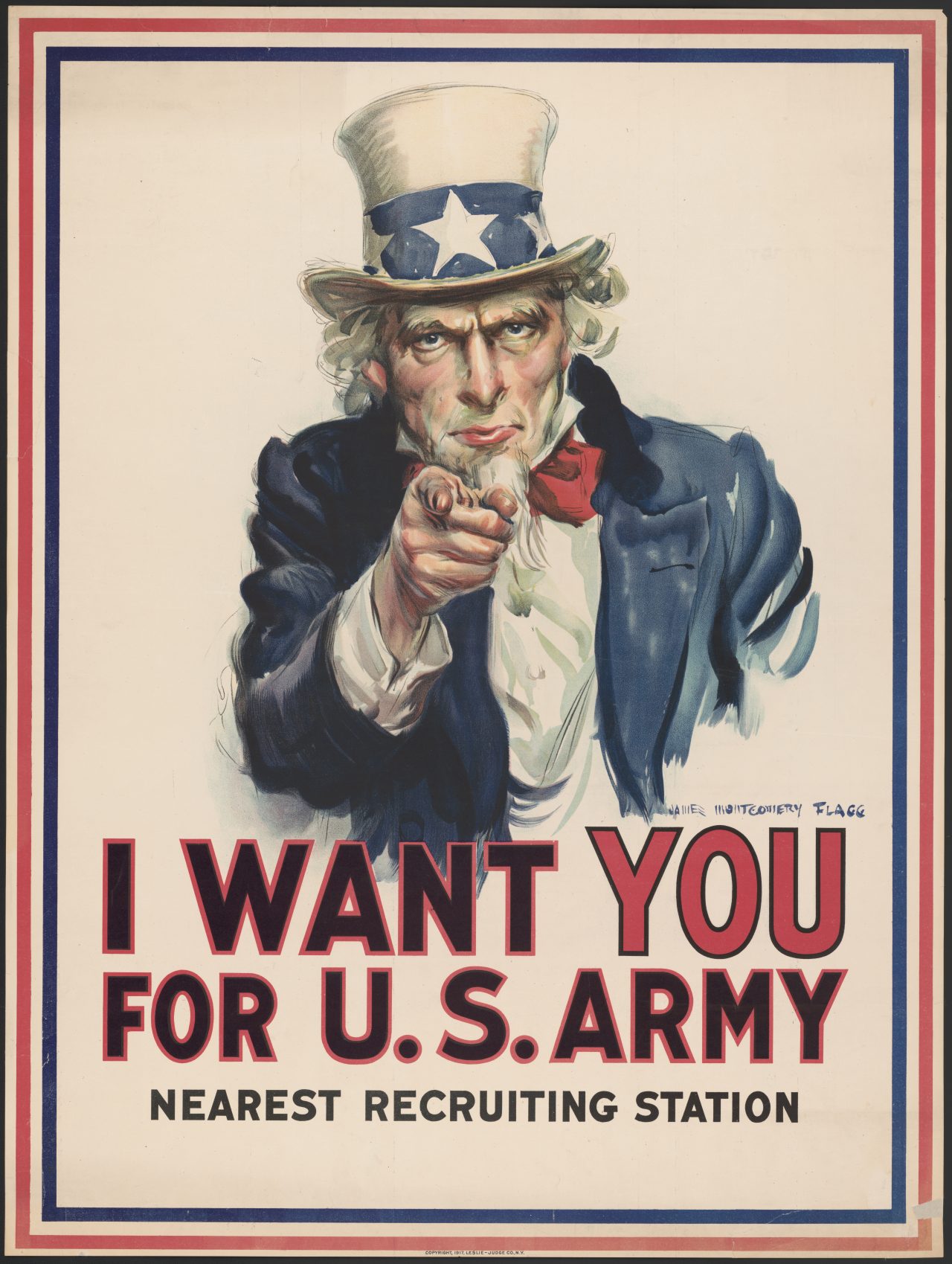
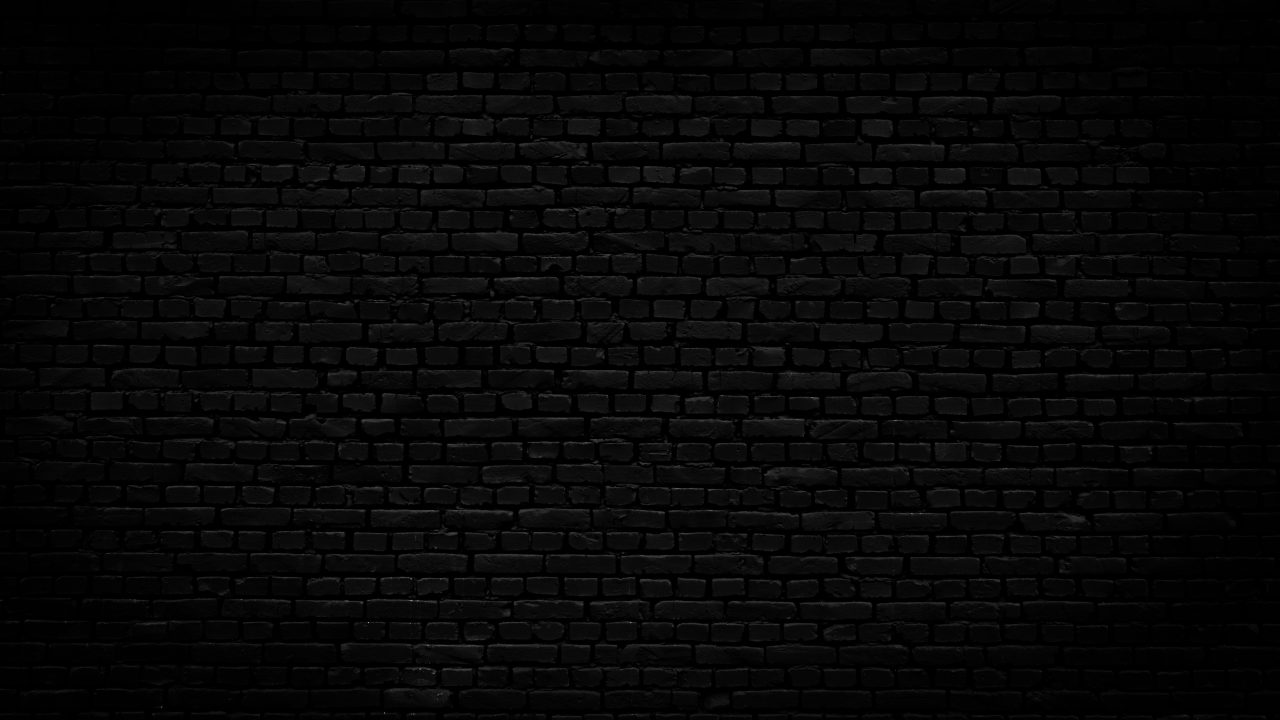
Mørk murvegg
“Stop the Germans!”
England poured out propaganda for the countries that did nott participate in WWI – the neutral nations. These countries were fed with horror stories about German combat. England and their allies were fighting “a war to end all wars”. It was important to have the support of as many as possible to fight the German desire to create a huge military state in Europe. Towards the end of WWI, the United States became worried that Germany might also occupy their country.
📷 1917 American propaganda poster showing Germany as a crazy gorilla stomping into the United States. Artist: Harry Ryle Hopps (1869-1937)
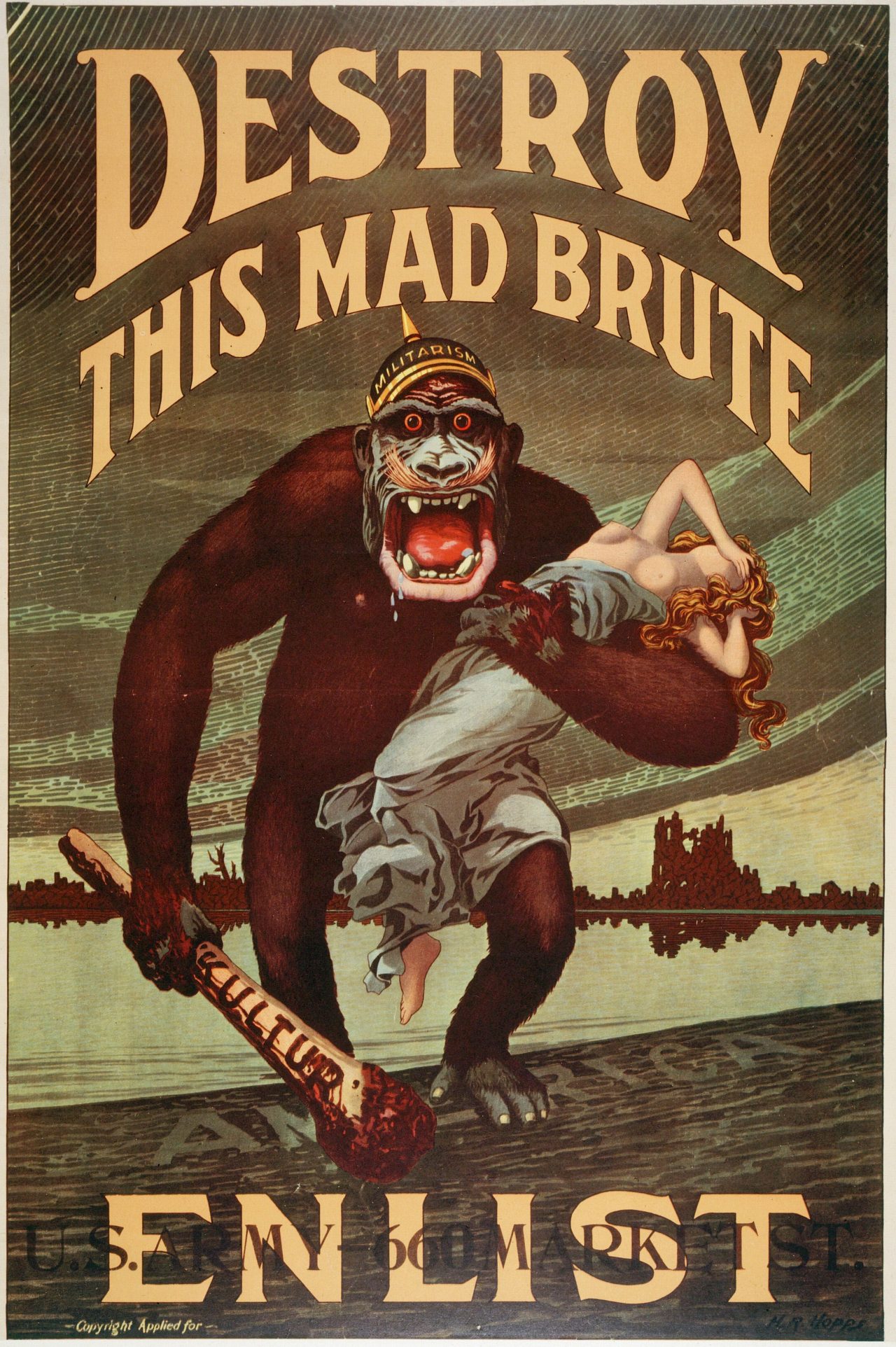

Mørk murvegg
The “Stab-in-the-back” Myth
The “stab-in-the-back” myth was born in Germany after WWI. In fall 1918, German propaganda said that victory was near, but one month later the war was lost. The people couldn’t understand the loss and needed to find a scapegoat. It was said that the German army must have been betrayed and that German Jews were to blame. Many of them hadn’t signed up to fight and were seen as traitors who had stabbed German soldiers in the back. The Nazis used this idea to strengthen hatred against the Jews in the 1930s up to WWII.
📷 1919 postcard showing a caricature of a Jewish man stabbing a German soldier in the back with a knife.
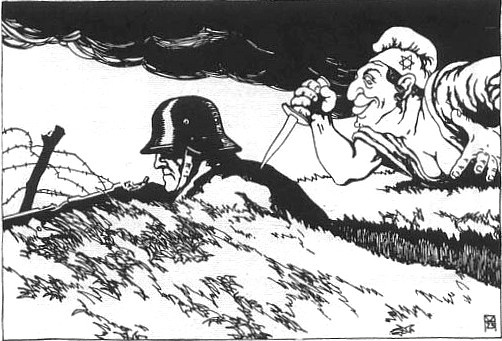

Mørk murvegg
Propaganda targeting children
Adolf Hitler and the Nazis showed violent hatred towards Jews and published huge amounts of antisemitic propaganda between WWI and WWII. The Nazis even targeted children through books and cartoons. The following illustration is from a 1936 picture book called “Never trust a fox or a Jew”. It shows Nazi caricatures of Jewish men along with German children reading the tabloid-style newspaper Der Stürmer which propagated extreme hatred for Jews.
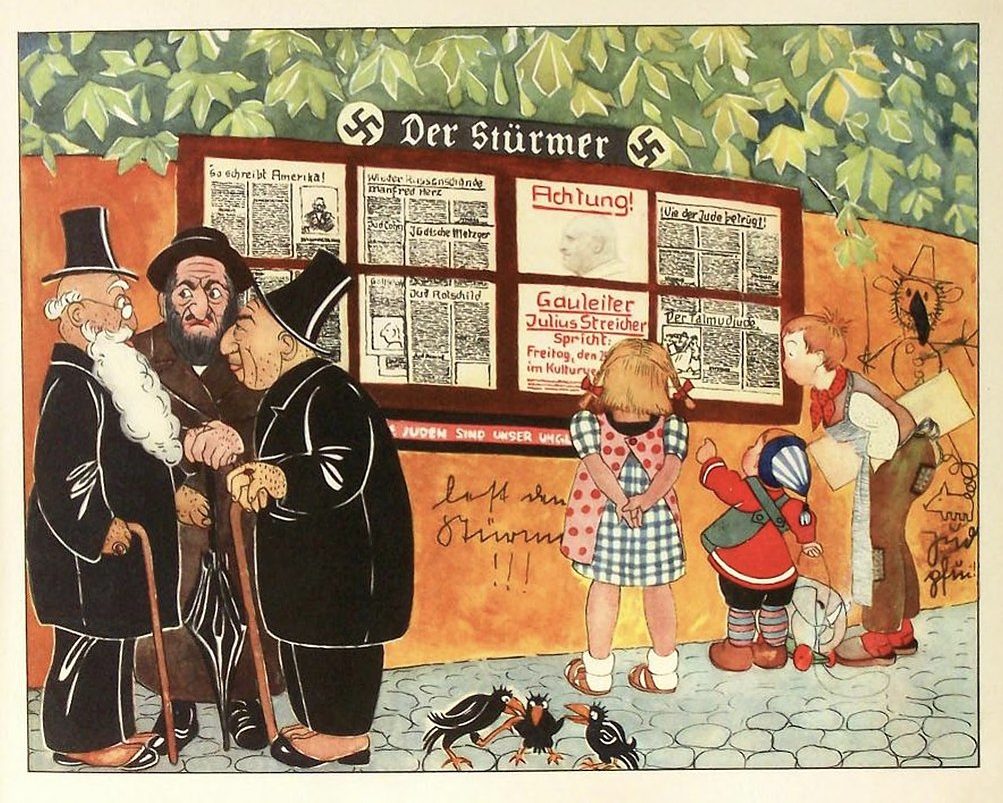

Mørk murvegg
Adolf Hitler worshiped
like a god
When the Nazis took power in Germany in 1933, Adolf Hitler became an authoritarian but still prominent leader. He was worshiped like a god, and his word was law. Furthermore, all of the propaganda said that the German people owed everything to Hitler.
📷 1938 German postcard. This type of postcard along with postage stamps was used to manipulate the German people into supporting Adolf Hitler and the Nazis.
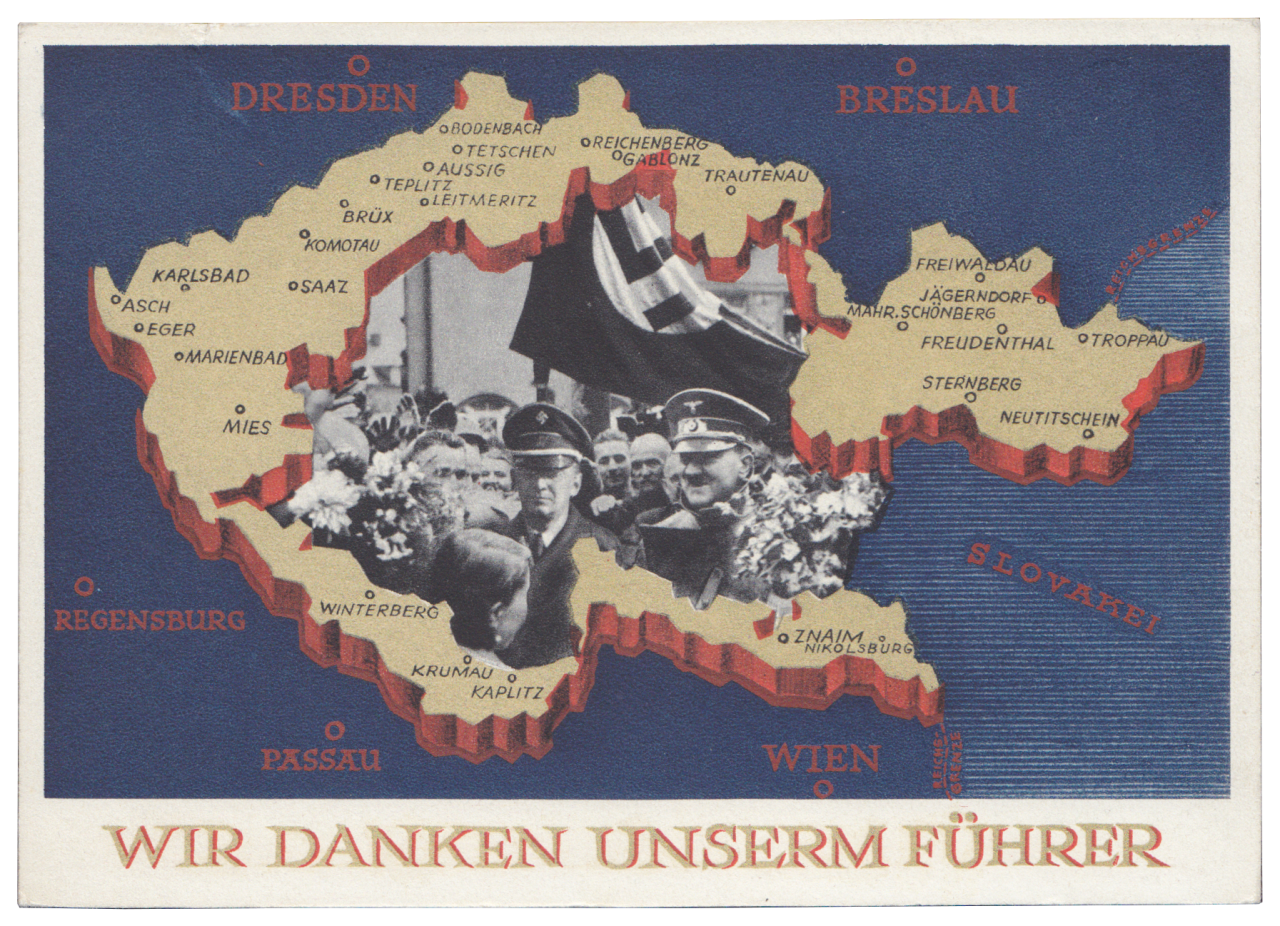

Mørk murvegg
Fight for Norway!
The Norwegian National Socialist party (NS – Nasjonal Samling) was a Nazi party that believed that Norway and Germany needed to stand together against their enemy the Soviet Union. They wanted to recruit young Norwegians to fight for the Germans during WWII. The NS often used themes from the Viking Age to demonstrate that Norwegians come from brave and strong warriors.
📷 The front page of a 1942 propaganda leaflet.
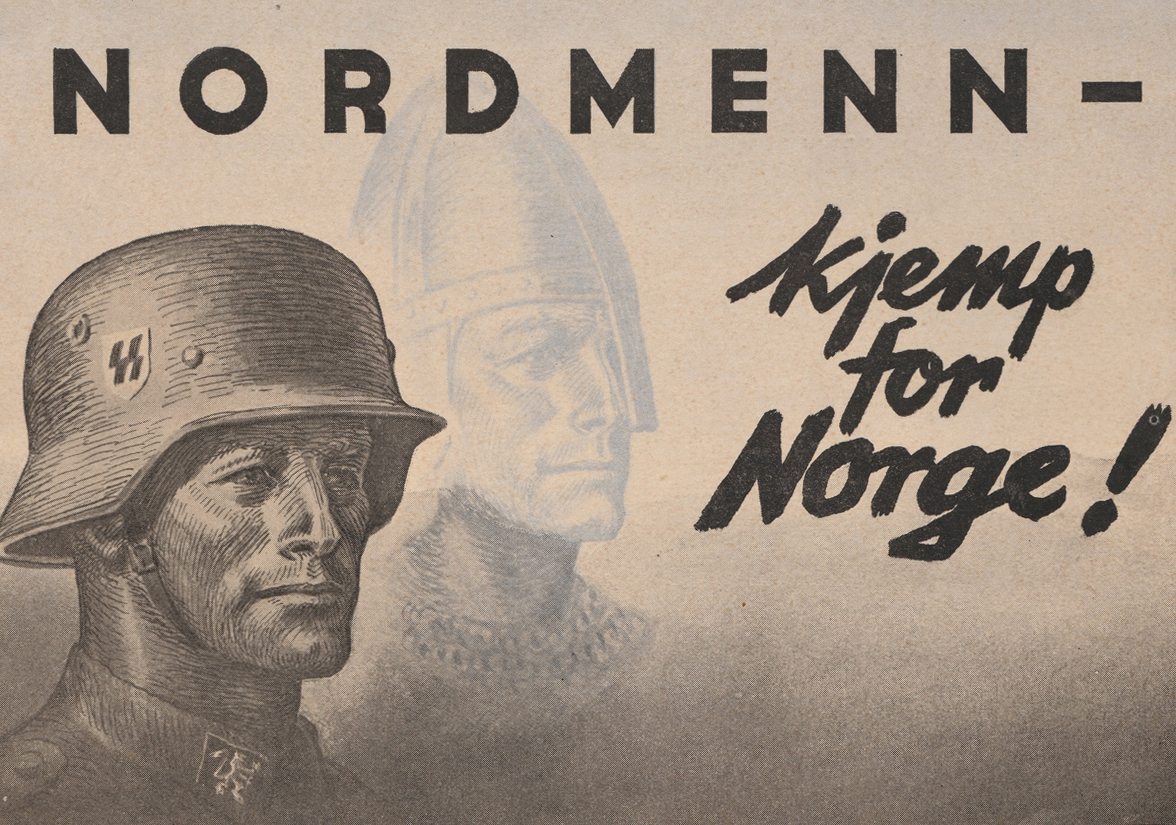

Mørk murvegg
German Postage Stamps
Stamps from the Third Reich give us a unique opportunity to better understand how Nazis viewed themselves and how they wanted to be seen by the world. These propaganda stamps often show images of Adolf Hitler, the Nazi party, and military victories.
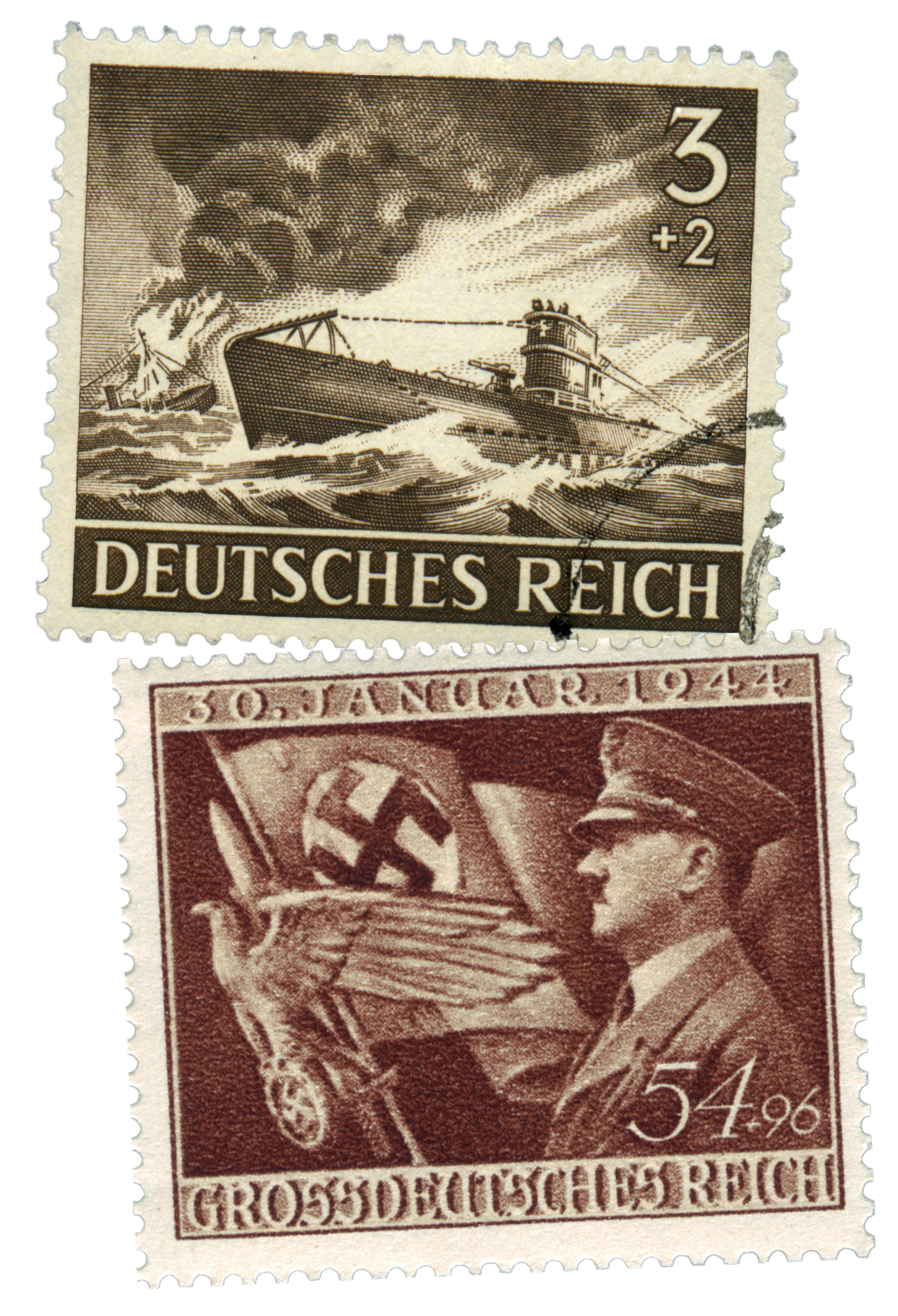

Mørk murvegg
The Cold War
The Cold War was mainly a war of propaganda between the USA, the Soviet Union, and their allies to gain world power after WWII. The United States and the Soviet Union never went directly to war with each other, but they threatened each other with the use of weapons, and they supported different sides in several wars.
Hollywood produced a lot of films, mostly casting the bad guys from the Soviet Union. In that way, the film industry became part of the propaganda war. On the other side, the Soviet Union held huge military parades to demonstrate its strength to its population. Each country used the radio to spread propaganda about the other.
📷 A 1963 poster for the James Bond film “From Russia with Love”.
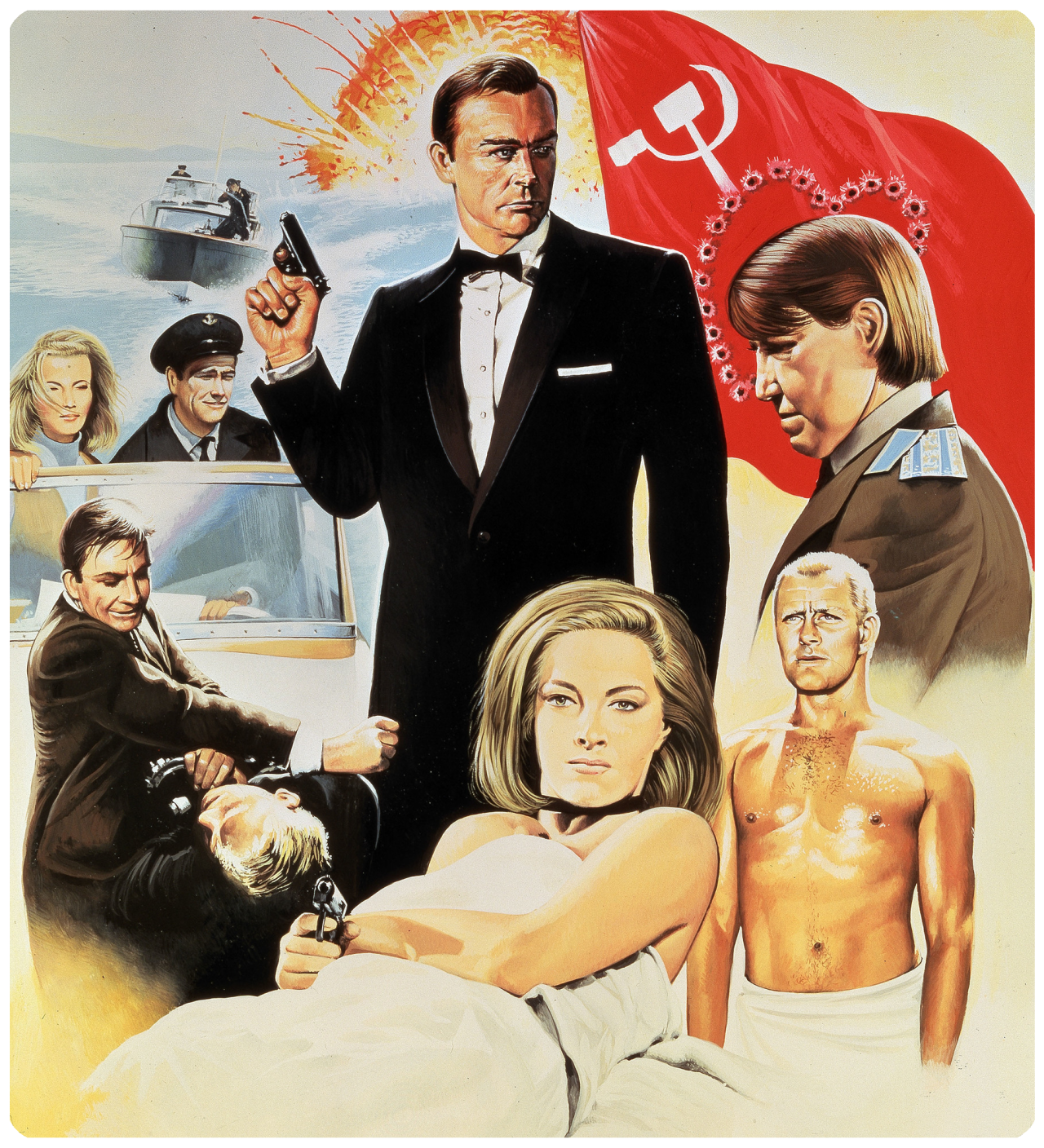

Mørk murvegg
Soviet Military Parade
This propaganda video was used to show the USA and the rest of the world the large military resources the Soviet Union had.

Mørk murvegg
The Korean War
The Korean War was a war between North and South Korea. It was the first major war after WWII. North Korea was a communist state and supported by both the Soviet Union and China. South Korea leaned more towards Western countries and was supported by both the US and the UN. The United States did all it could to stop communism from spreading around the world. The country believed that communism was evil. The war ended in a truce, but neither has signed a peace agreement.
📷 The cover of an American comic book highlighting the communist scare.
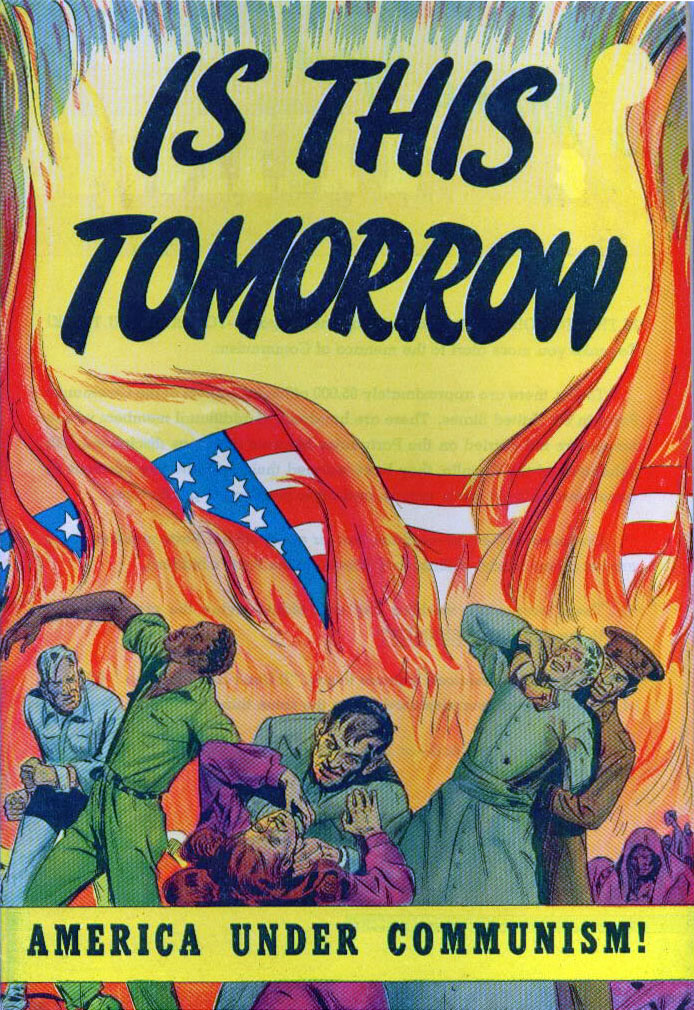

Mørk murvegg
North Korean Heroism
This propaganda film from North Korea is meant to show the heroic efforts made by Korean soldiers fighting the United States.

Mørk murvegg
The Vietnam War
The war between North and South Vietnam was fought 1957–1975. The United States fought with South Vietnam during the 1960s while the Soviet Union and China supported North Vietnam. Propaganda was used not only to try to end the war, but also to show that morale was high among the soldiers on both sides.
📷 Postage stamp from North Vietnam showing soldiers with quality weapons to defend against an American air strike.
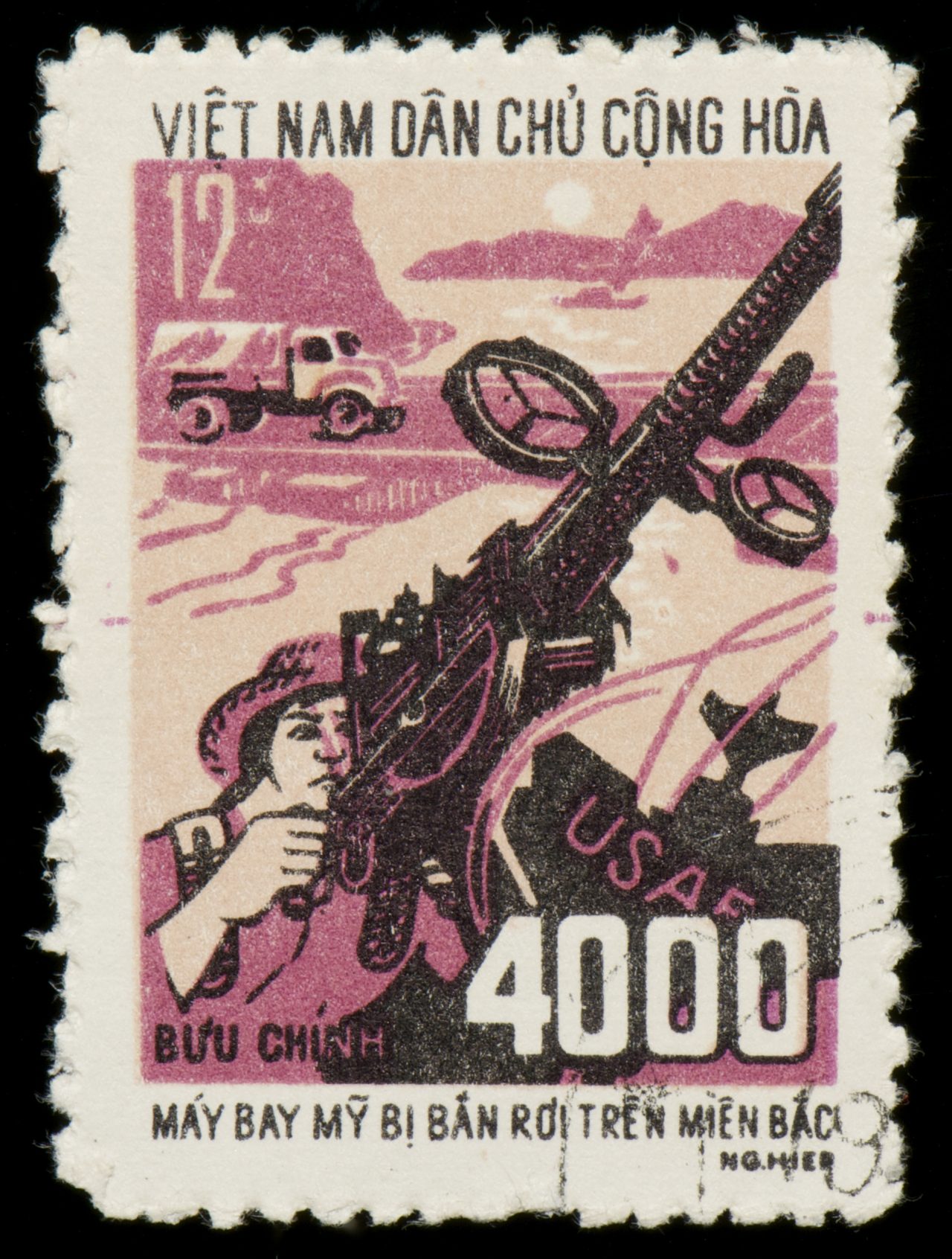
Nixon Propaganda
This propaganda film was used to support presidential candidate Richard Nixon while the VietnamWar was still on in 1968.

Mørk murvegg
The War in Iraq
(The Second Gulf War)
There are several examples from the War in Iraq on how propaganda can be used in warfare. American military spy images were presented to the UN as proof that Iraq was planning to produce nuclear weapons. The images legalized the United States’ and Great Britain’s military attack on Iraq in 2003. This “proof” was eventually exposed to be propaganda, and several countries were strongly criticized for having participated in the war.
📷 British papers were not kind to Prime Minister Tony Blair when the lies were uncovered.
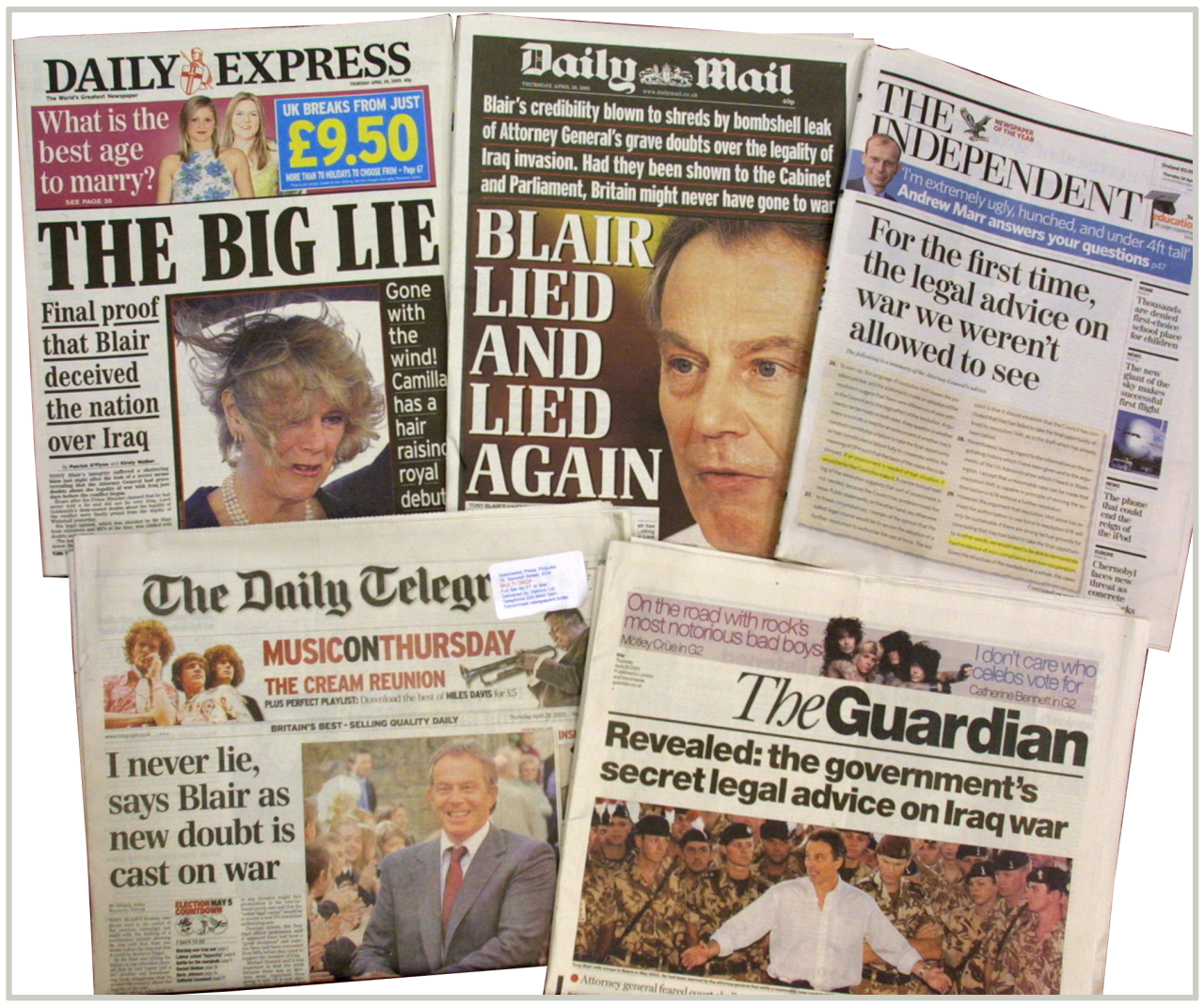

Mørk murvegg
The War in Afghanistan
The terrorist attacks on the United States on 11 September 2001 (9/11) were the reason why the United States attacked Afghanistan later the same year. The attack on the World Trade Center in New York was carried out by terrorist organization Al-Qaida. The Taliban regime in Afghanistan allowed Al-Qaeda to use their country as their base, and were considered to be just as responsible for the terrorist attacks. The purpose of the American war was to strike both al-Qaeda and the Taliban. The United States produced a massive amount of propaganda to justify its attack on Afghanistan.
📷 American soldiers dropping leaflets over Afghanistan to try to win the population over to their side of the conflict.
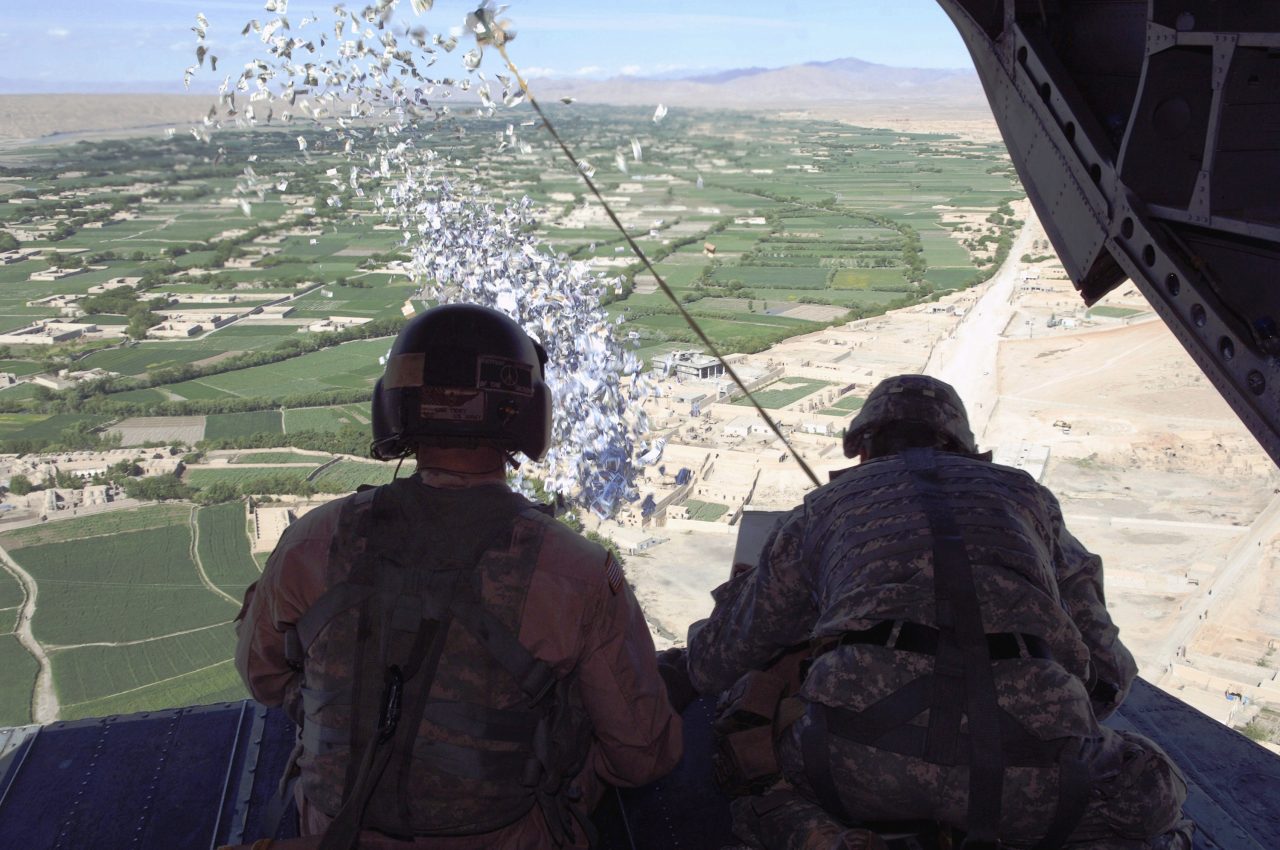
Amerikanske soldater slipper flyveblader fra fly over Afghanistan.
The War in Ukraine
Ever since Russia attacked Ukraine, Russian president Vladimir Putin has often been presented in the media as Adolf Hitler. Graphic artist Patrick Mulder even went so far as to manipulate the cover page of Time Magazine, the most read magazine in the world. Mulder’s cover page has also been published on social media, but it was a “fake” cover page.

Mørk murvegg
Sources:
Media Rights:
-
-
James Montgomery Flagg (1917)
-
Getty Images
-
Ukjent kunstner
-
Elvira Bauer (1936)
-
Ukjent kunstner
-
Justismuseet – Det nasjonale museet for politi, rettsvesen og kriminalomsorg / Harald Damsleth (1942)
-
Getty Images / G. Klein (1944)
-
United artist / NTB
-
PASHAvonWIEN – YouTube
-
Ukjent kunstner
-
The Telegraph – YouTube
-
Getty Images
-
Battlefield Sources – YouTube
-
Martin Cleaver / NTB (CC BY-NC 4.0)
-
U.S. Army
-
ABC 10 News – YouTube
-


